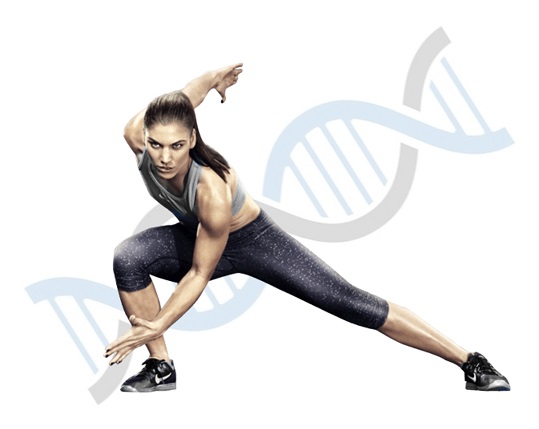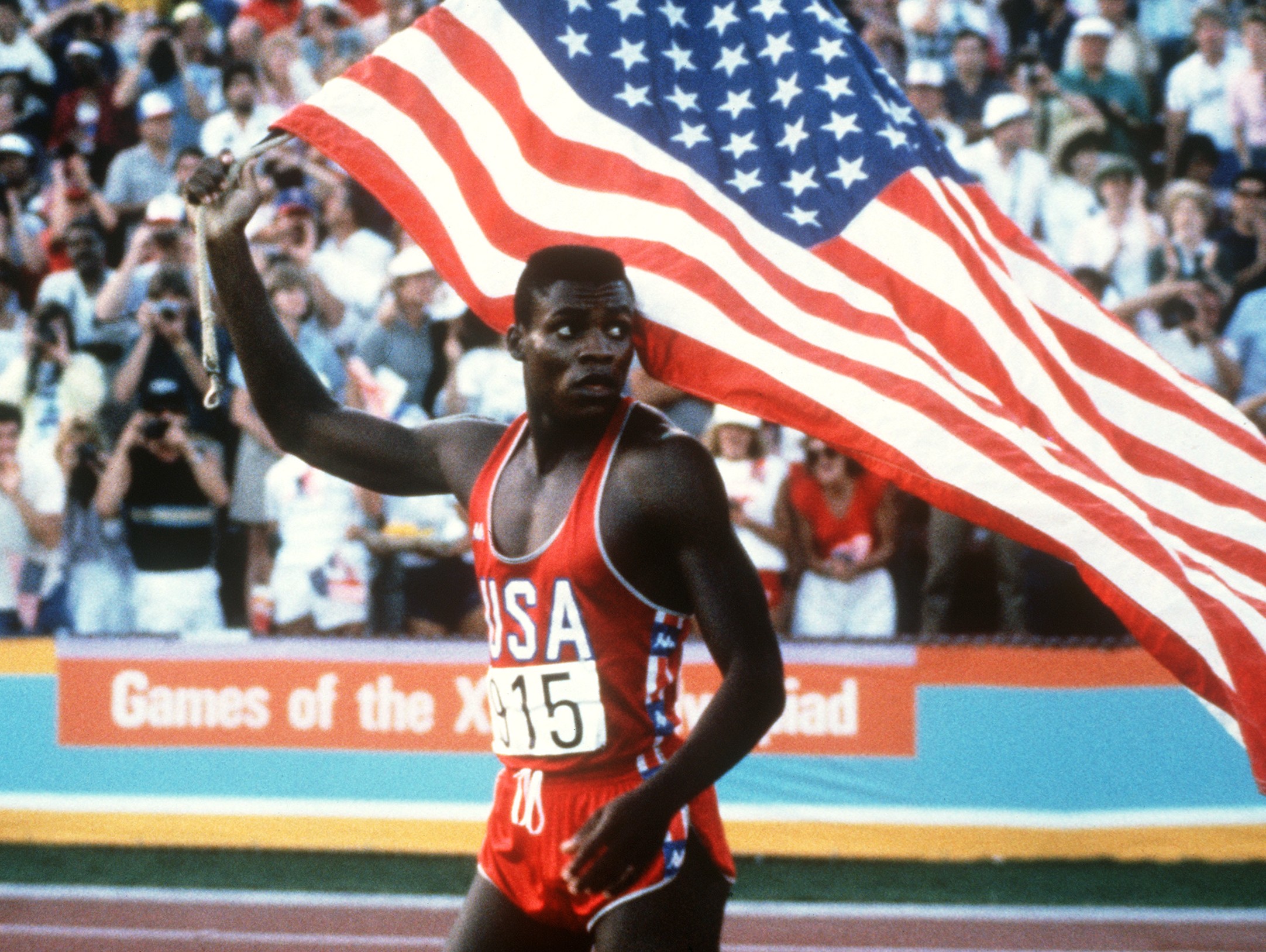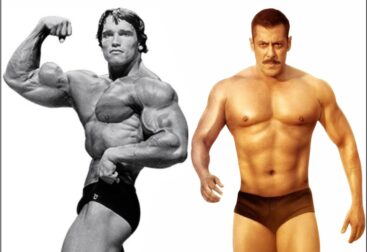Staying physically active is important for maintaining health, reducing chronic diseases and preventing premature death. The advice for adults is to do 150-300 minutes of moderate-intensity aerobic activity, 75-150 minutes of vigorous-intensity aerobic activity or an equivalent mix. This activity can be spread throughout the week and should include strength training at least 2 days of the weak.
A new study has found that genes play a significant role in how our bodies respond to exercise and has identified a number of specific genes that influence the outcomes of different kinds of physical activity. We know that exercise is good for us, but we all improve at different rates, even when following identical training regimes. This means there are other factors at play. Because everyone’s genetic makeup is different, our bodies respond slightly differently to the same exercises. Therefore, it should be possible to improve the effectiveness of an exercise regime by identifying someone’s genotype and then tailoring a specific training program just for them.

Science is opening new doors to understanding how our genes impact all areas of our lives. It has long been known that genetics impacts health, and it seemed safe to assume it also determines some of our fitness abilities. Not all of us are destined to be elite athletes, no matter how hard we train. Now researchers know for sure certain genes impact how far we can go in fitness, endurance, athletics, and strength. Specific genes called candidate genes may predict successful responses to targeted types of exercise training. These genes can affect the energy pathways, metabolism, storage and cell growth in the body.
To understand how our genetics impact the way we exercise, it’s important first to understand why we adapt to exercise in the first place. “Adaptation” refers to the body’s ability to make subtle improvements that help it better cope with a new exercise or challenge. One example of this would be increased muscle mass from exercise. These changes in our body help us to be better prepared to do this activity the next time we need to. While we all adapt to exercise, we improve and adapt differently and at different rates, even when we do the exact same exercise. There are many reasons why this is the case. Various factors, such as diet, sleep, age and whether we leave time to recover between workouts, are all important in how we adapt to exercise. But recently, studies have also shown that the reason we all adapt differently to exercise is largely related to genetics. In fact, research has shown that there are hundreds or even thousands of genes which influence the way our body responds and adapts to exercise.
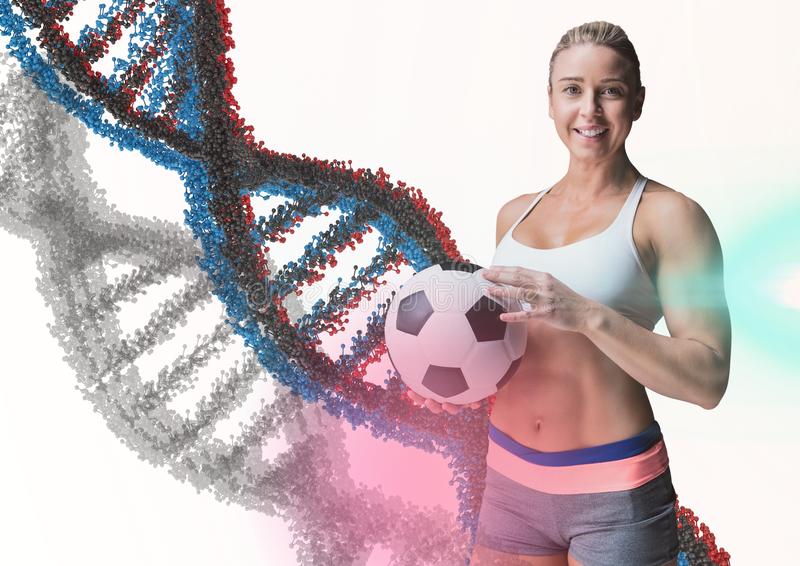
Genes that impact muscle growth & strength
A big list of genes is known now to trigger muscle growth. For instance, in one study researchers looked at, the manipulation of over 40 genes in laboratory mice and found that they all increased hypertrophy in skeletal muscle. They found that three genes in particular—Asb15, Klf10, and Tpt1—were most highly expressed in muscle tissue. Genes can also be involved in the decline of muscle tissue and strength. For example, the gene MSTN codes for a protein known as myostatin. Found mostly in muscle tissue, this protein is responsible for restraining muscle growth. A rare condition caused by a mutation in MSTN causes an overgrowth of muscle and abnormal hypertrophy.
One of the most important genetic factors that trigger declines in muscle tissue is the one regulating testosterone. When this hormone decreases, muscle mass becomes more difficult to develop and loss of tissue and strength can result. Low testosterone can be caused by medical conditions but is also a natural part of aging. Genes that regulate testosterone indirectly impact muscle tissue.
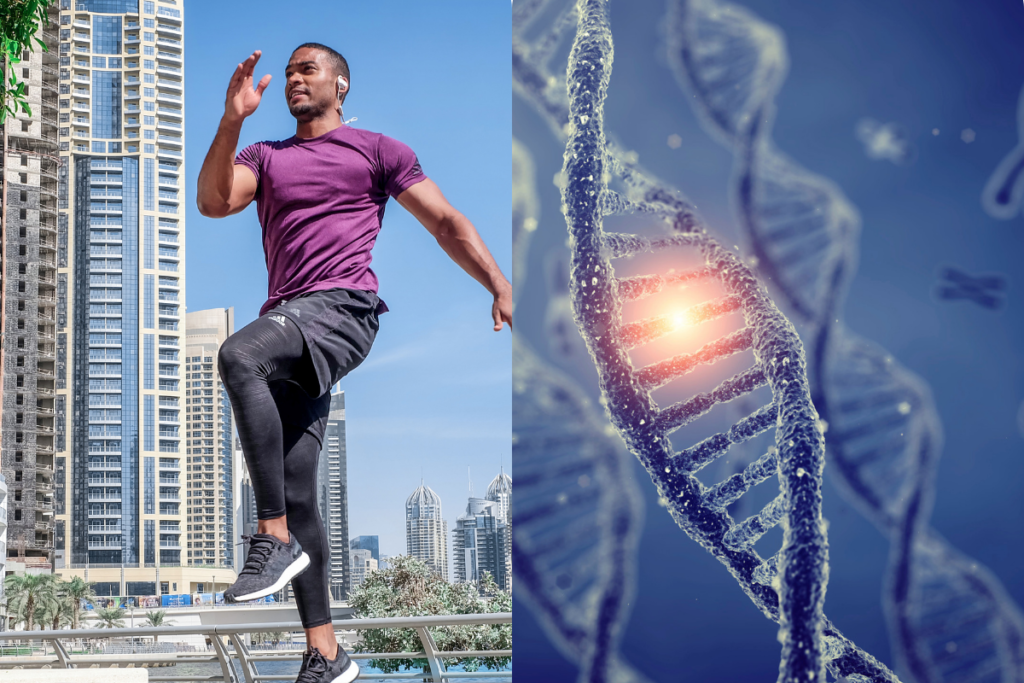
Genes that impact cardiovascular efficiency or endurance
Aerobic exercise benefits on physiology among sedentary adults have also been evaluated with genetic markers. One such study involved participants in a 30-min submaximal aerobic exercise session and found two variants in the FTO gene, viz rs8044769 and rs3751812, to change positively during exercise. The CREB1 gene variants, viz rs2253206 and rs2360969, were linked to change in body temperature during exercise and with maximal oxygen capacity (VO2 max). The variant rs1379659 (SLIT2 gene) and rs1935881 (FAM5C gene) were linked to changes in norepinephrine during exercise, whereas the OPRM1 variant rs1799971 was linked to changes in norepinephrine, lactate, as well as the rate of perceived exertion during exercise. This highlights the impact of genetic markers in determining the outcome and benefit of aerobic exercise. Studies have also identified heritability to affect VO2 max response to exercise training by 47%. More than a dozen genetic variants have been linked to exercise-related traits and outcomes, and this paved way for the development of genetics-based algorithms for personalized training programs.
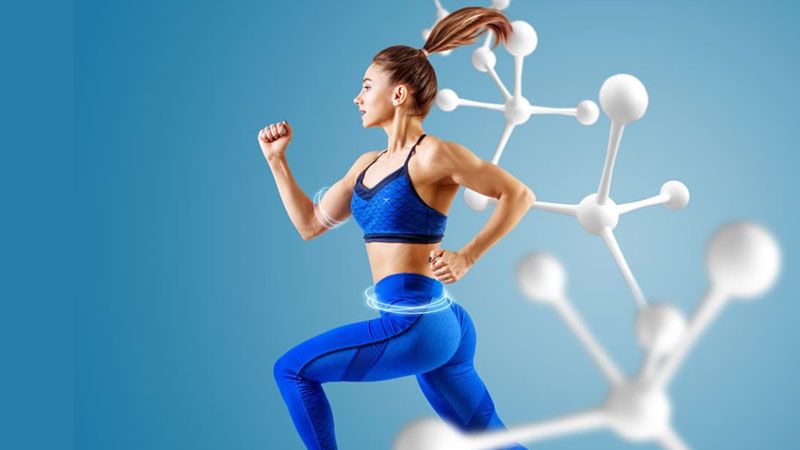
Genes that impact FAT loss
Excessive body weight (FAT) gain because of an increase in adipose tissue is the consequence of an imbalance between energy consumption and energy expenditure. The imbalance can be affected by both caloric intake and physical activity, which may be dependent on developmental, behavioural, and/or environmental factors. Additionally, genetic factors play a fundamental role in the regulation of body weight, since there are genes involved in regulation of energy expenditure, appetite, lipid metabolism, adipogenesis, thermogenesis, and cell differentiation.
For fat loss, fitness and health DNA tests give results ranging from low to enhanced. This rating gives you a lot of information about how a person gains or loses fat, responds to macronutrients, and changes body composition. With respect to muscle mass, an enhanced genotype means strength training is essential. A person with this genotype and fat loss goals runs the risk of losing muscle mass without weightlifting or other strength exercises. Such people also need to watch protein in the diet and eat enough to minimize muscle loss. For anyone doing strength training, it is important to plan diet and exercise to maximize fat loss and reduce the risk of losing muscle tissue. For people with an enhanced genotype, adding protein to the diet in the right amounts is especially important.
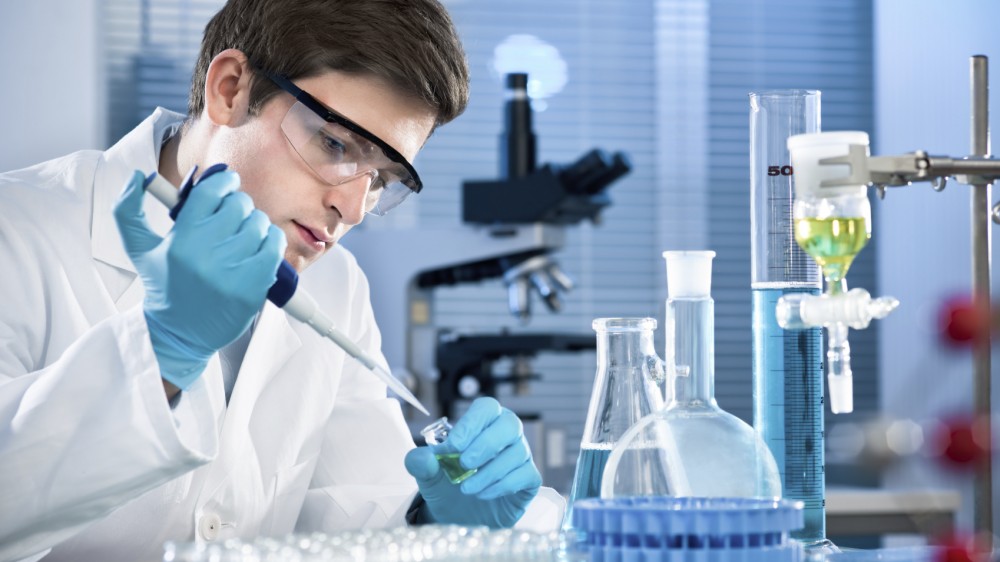
Conclusion
Because everyone’s genetic make-up is different, our bodies respond slightly differently to the same exercises. Therefore, it should be possible to improve the effectiveness of an exercise regime by identifying someone’s genotype and then tailoring a specific training programme just for them. This could particularly benefit those who need to see improvements in a short period of time, such as hospital patients, or elite sports-people, where marginal improvements could mean the difference between success and failure.
For the rest of us, genetic aspects may be interesting, but when it comes to keeping motivated and injury-free, external factors – including current level of fitness, engaging good technique, and opportunities to access a range of physical activities – are arguably the most important.

Dr Saranjeet Singh
Fitness & Sports Medicine Specialist
Lucknow (UP), INDIA

